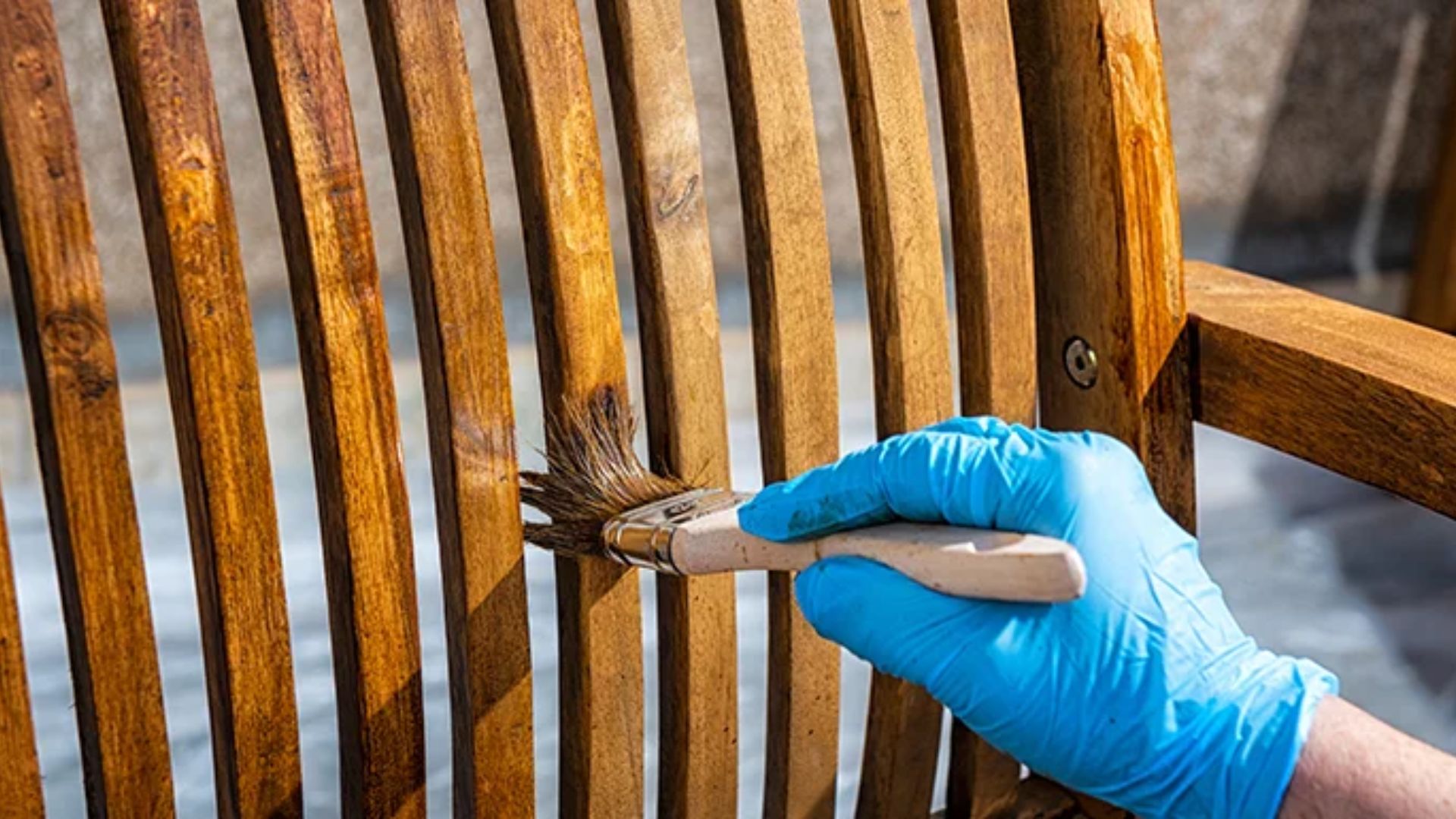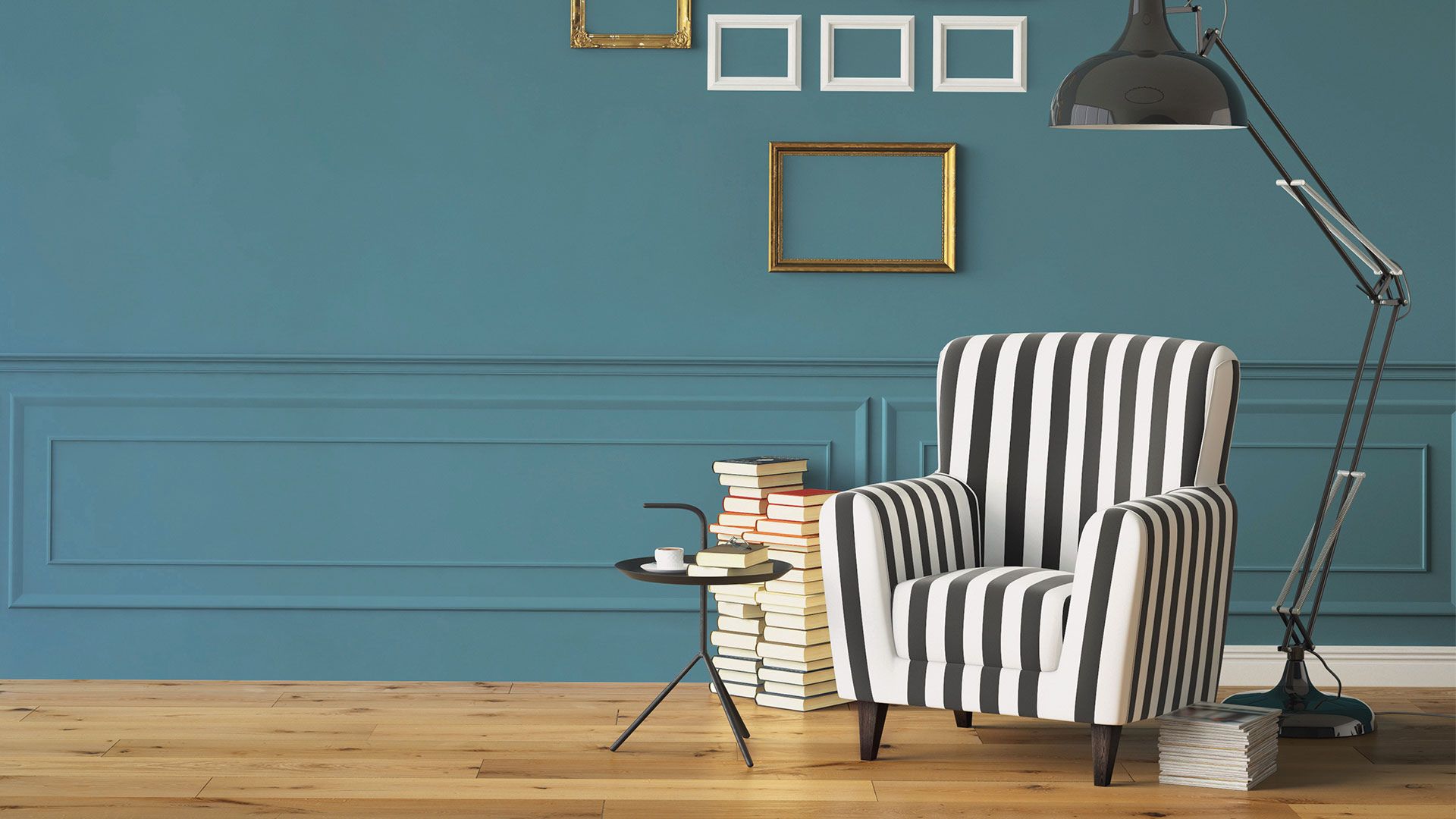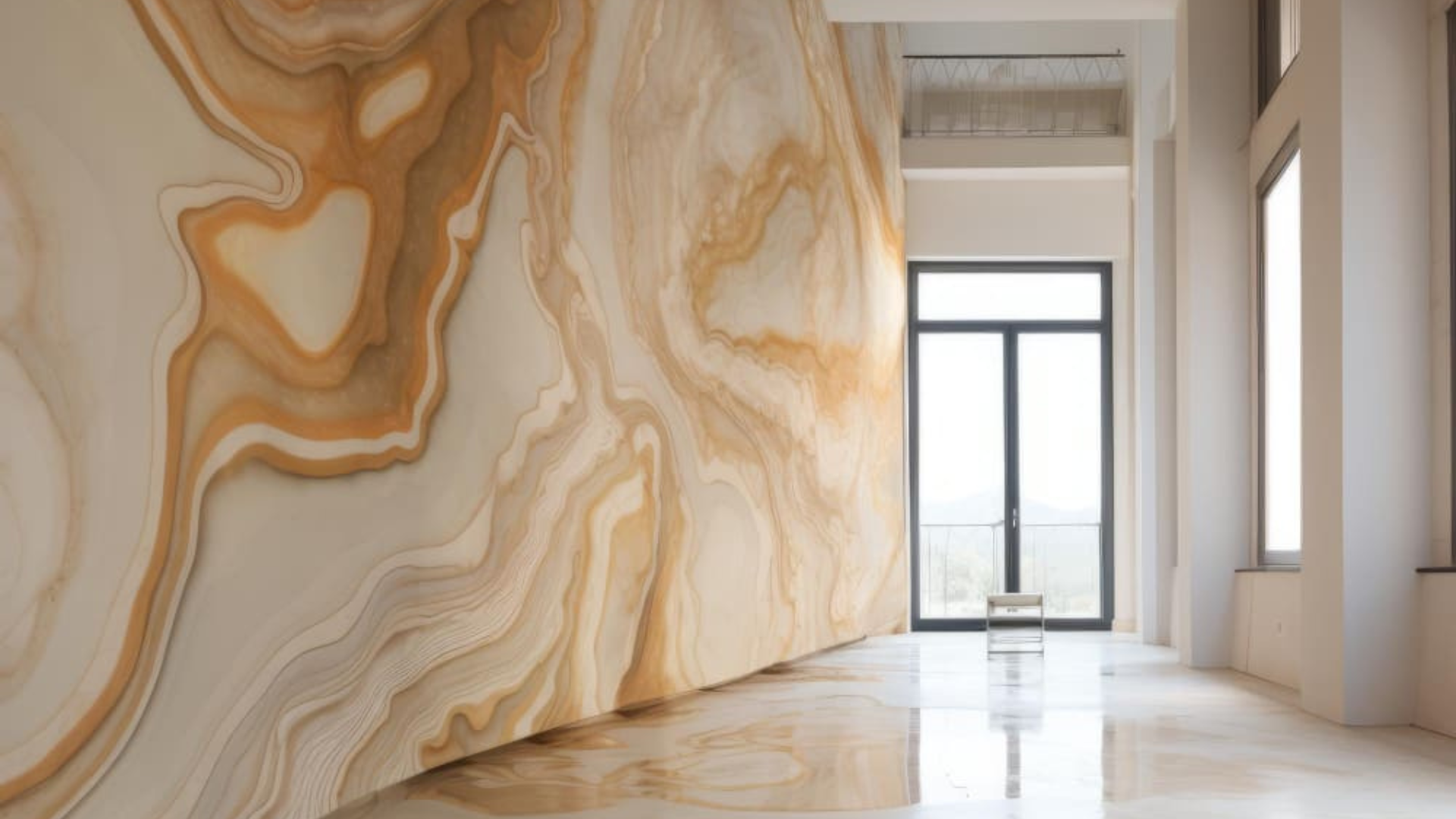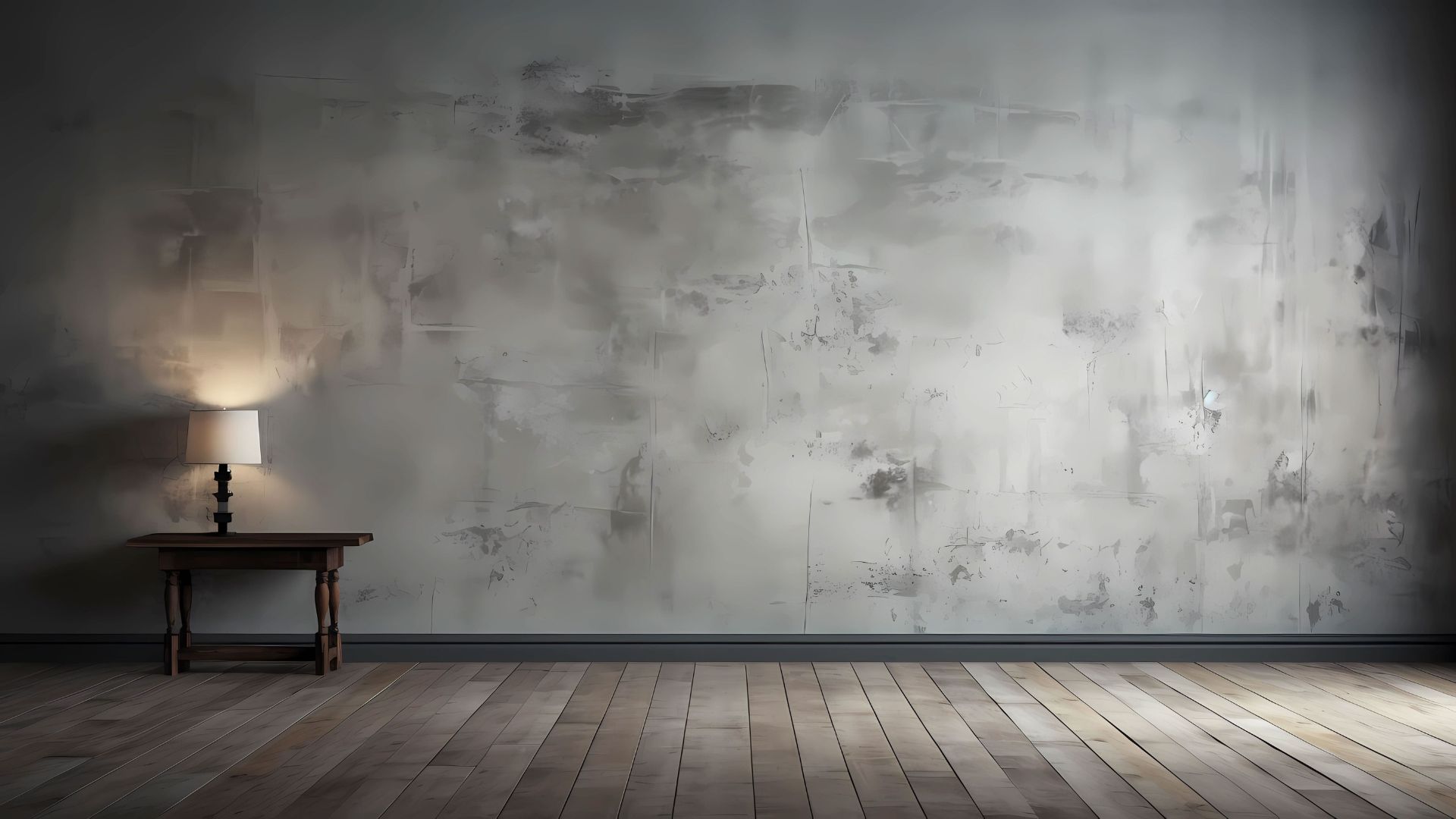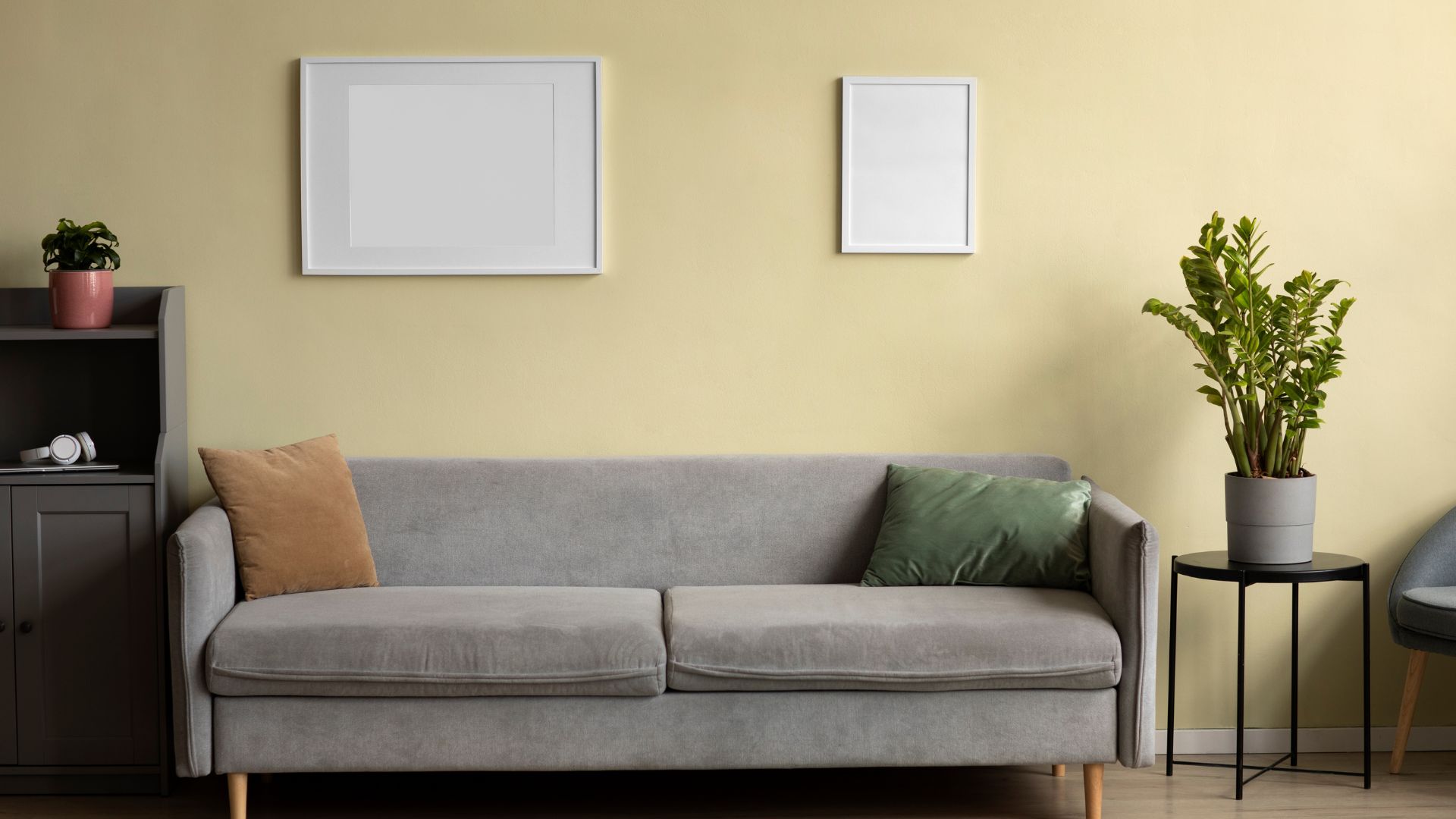Table of Contents
ToggleWall Primer Painting your home, whether the interiors or exteriors, can be a lot of fun. From thinking of a theme to browsing hundreds of colour swatches, the whole process from start to finish involves a lot of steps. But there is one step in this process that people have mixed feelings about, and that is using wall primers.
Some people firmly believe in using a this to get a flawless paint application every time, while some are of the opinion that a primer can easily be skipped. A wall primer provides a smooth and even surface for the paint layer to go on top. Applying a wall primer helps the paint adhere to the wall better, and improves the durability and longevity of the paint coat.
What is Primer Paint?
The first step in any painting project is to prepare the surface to be painted. This includes cleaning, sanding, and filling cracks and gaps. However, despite all these preparations, there may be cases where the paint does not adhere to the surface as desired or does not look smooth. This is exactly where primer paint comes into play.
The answer to the question of what is primer paint, in the simplest way, can be given as a type of paint applied before the topcoat paint. Its main purpose is to create a smooth, even surface for the topcoat to adhere to and to improve the overall appearance of the surface. Although primer paint is usually applied to new or previously unpainted surfaces, it is also used on repaired or sanded surfaces.
Primer paint is formulated differently from regular paint. It is typically thicker and contains more solids that help fill in small imperfections in the surface and provide a better base for the topcoat. Primer paints also contain special pigments and resins that help seal and protect the surface, making it more resistant to moisture and mold.
Types of Wall Primer
At its core, a wall primer is available in three different types – oil-based, latex, or shellac. Depending on your needs and your wall surfaces, you can look for interior or exterior wall primers.
One of the most common wall primers is an oil-based primer as they can go on a lot of different surfaces. Oil-based of these are also great for covering up stains on your walls and making sure they do not peak through your paint coat. The main drawback of an oil-based primer is its long drying times, which is 24 hours.
A latex primer is a water-based primer and works great on wooden surfaces, but can also be used on masonry, metal, drywall, etc. Latex of these have a shorter drying time of only about three to four hours.
Often a go-to for interior paint jobs, a shellac primer has the quickest drying time and has great stain-blocking capabilities as well. But keep in mind that shellac wall primers can only be used with an oil or latex paint.
If you are looking for a wall primer that works well on both interior and exterior walls, try the Water Thinnable Cement Primer by Indigo. The excellent sealing properties and resistance to the dampness of the Water Thinnable Cement Primer makes it a perfect choice for all your priming needs. The HomeGlazer Exterior Wall Primer is a water-based wall coating that is made especially for your exterior walls. Use the HomeGlazer Exterior Wall Primer for priming plastered walls, asbestos, concrete, or brickwork, its resistance to moisture and alkali make it suitable for all your exterior wall needs.
How To Use Wall Primer?
Whether using an interior or exterior wall primer, thoroughly clean the surface that you will be painting. Applying a wall primer on a dirty and uneven surface will reduce the final impact of the primer. Just like how you would paint a wall, apply a it from the ceiling and work your way down.
Apply one or two coats of it, depending on the colour and surface of the wall you are priming. Be generous but work in thin layers to avoid patchy layers. Take your time and work in small sections whenever applying any type of wall primer.
Remember to also use the right kind of primer for the surface you are working on. An exterior wall primer paint will not work well on interior walls and vice versa.
Benefits Of Using A Wall Primer
Wall primers are a versatile problem-solver, and can help you solve a list of different challenges you might face when painting your walls. Here are a few reasons why we recommend not skipping priming before you coat your walls with paint –
- Drywalls are porous surfaces that absorb a lot of paint and can make the overall application uneven and blotchy. Using a wall primer levels in the gaps in the drywall and smooths out the rough surface. It also acts as a barrier between the porous surface and the paint, so you will not need as much paint to cover the surface.
- If you live in areas with high humidity, applying moisture-repellant exterior wall primers will seal the surface and prevent your walls from getting damaged due to the dampness. Damp walls are the breeding ground for moss and fungus, and the right kind of wall primer will prevent the moss and algae from damaging your walls.
- If you are changing the colours of your walls from a bright pop of colour to something soft and pastel, using a wall primer will neutralize the base colour of your wall, and you will not have to apply multiple layers of the paint to get an opaque coat.
- When painting any kind of wood surface, a primer helps to smooth out the surface, glue the loose wood fibres together, and make the surface texture of the wood more uniform. This ensures a stronger adhesion of the paint on the wooden surface.
Wall Primer Do’s and Don’ts
One of the most important things to remember when using wall primers is that the chemicals in the primers give off very strong fumes that can be hazardous to your health, if you are exposed to them for a long time. Always work in a well-ventilated area and keep all doors and windows open when working with wall primers.
If you are sensitive to strong scents, use a face mask to shield your nose and mouth when applying wall primers. Also, remember to check the drying time for your primer since different primers have very different priming times, and painting on top of a primer that has not completely dried will render the primer useless. To improve the functionality and durability of the primer, make sure that you use the right kind of primer for the surface you are working on.
Let The HomeGlazer tackle all of your painting projects. We have years of experience in commercial and residential exterior and interior painting. Call us to get a free consultation and estimate for your painting project.
- A Comprehensive Guide to Wooden Polish Shades for VeneerWith its thin actual timber layer, veneer is an affordable and flexible alternative for furniture and interior surfaces. The aesthetic of a space… Read more: A Comprehensive Guide to Wooden Polish Shades for Veneer
- Update on Sirca Paints acquired Oikos PaintsSirca Paints acquired Oikos paints in April 2023 2023, which surfaced in news headlines. Sirca is one of the leading paint brands in… Read more: Update on Sirca Paints acquired Oikos Paints
- 6 Amazing Tips to Maintain DUCO Paint Surface DUCO paint is an NC-based automotive paint and is nowadays being used in designing and crafting wood decor. It is smooth, glossy cost-effective… Read more: 6 Amazing Tips to Maintain DUCO Paint Surface
- 5 Asian Paint Stucco Marble Texture Paint Best FeaturesAre you looking for a beautiful texture design for you, well you need to check Asian paint stucco marble texture paint. This is… Read more: 5 Asian Paint Stucco Marble Texture Paint Best Features
- Distemper Paint 5 Benefits That Make It The Best Option Does your wall give a synthetic odor? well, you need to use Distemper paint? It is made of natural ingredients like chalk, water,… Read more: Distemper Paint 5 Benefits That Make It The Best Option
- 5 Asian Paint Dune Texture Benefits That Makes It Best PaintIf you are looking to add some coziness to your room, you need to check Asian paint Dune texture paint. It is one… Read more: 5 Asian Paint Dune Texture Benefits That Makes It Best Paint
- A Comprehensive Guide to Wooden Polish Shades for VeneerWith its thin actual timber layer, veneer is an affordable and flexible alternative for furniture and interior surfaces. The aesthetic of a space… Read more: A Comprehensive Guide to Wooden Polish Shades for Veneer
- Update on Sirca Paints acquired Oikos PaintsSirca Paints acquired Oikos paints in April 2023 2023, which surfaced in news headlines. Sirca is one of the leading paint brands in… Read more: Update on Sirca Paints acquired Oikos Paints
- 6 Amazing Tips to Maintain DUCO Paint Surface DUCO paint is an NC-based automotive paint and is nowadays being used in designing and crafting wood decor. It is smooth, glossy cost-effective… Read more: 6 Amazing Tips to Maintain DUCO Paint Surface
- 5 Asian Paint Stucco Marble Texture Paint Best FeaturesAre you looking for a beautiful texture design for you, well you need to check Asian paint stucco marble texture paint. This is… Read more: 5 Asian Paint Stucco Marble Texture Paint Best Features
- Distemper Paint 5 Benefits That Make It The Best Option Does your wall give a synthetic odor? well, you need to use Distemper paint? It is made of natural ingredients like chalk, water,… Read more: Distemper Paint 5 Benefits That Make It The Best Option
- 5 Asian Paint Dune Texture Benefits That Makes It Best PaintIf you are looking to add some coziness to your room, you need to check Asian paint Dune texture paint. It is one… Read more: 5 Asian Paint Dune Texture Benefits That Makes It Best Paint



